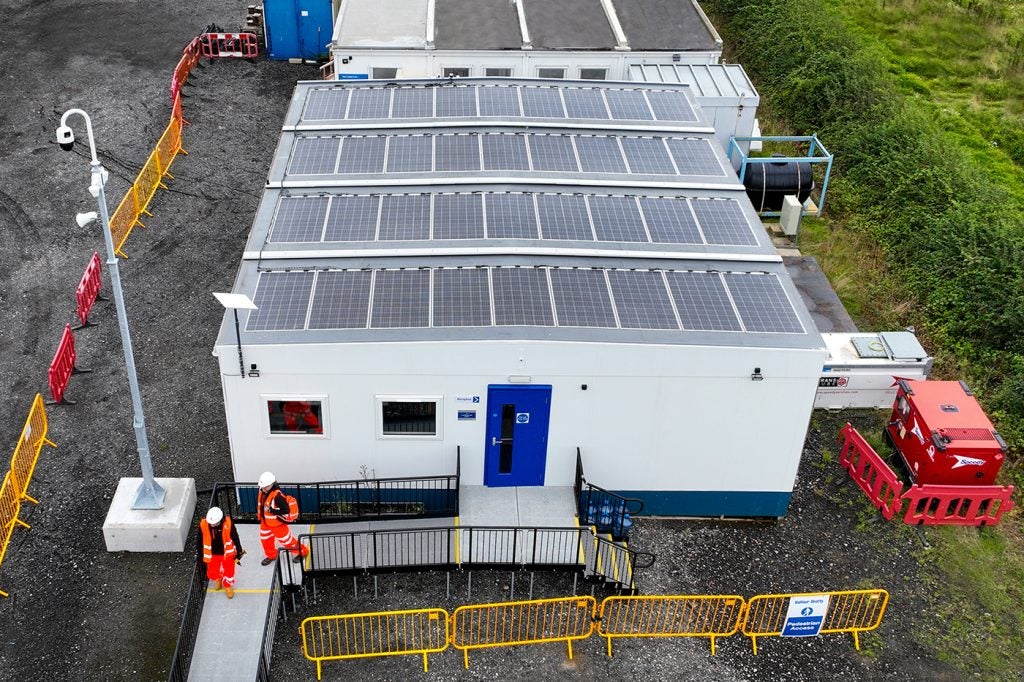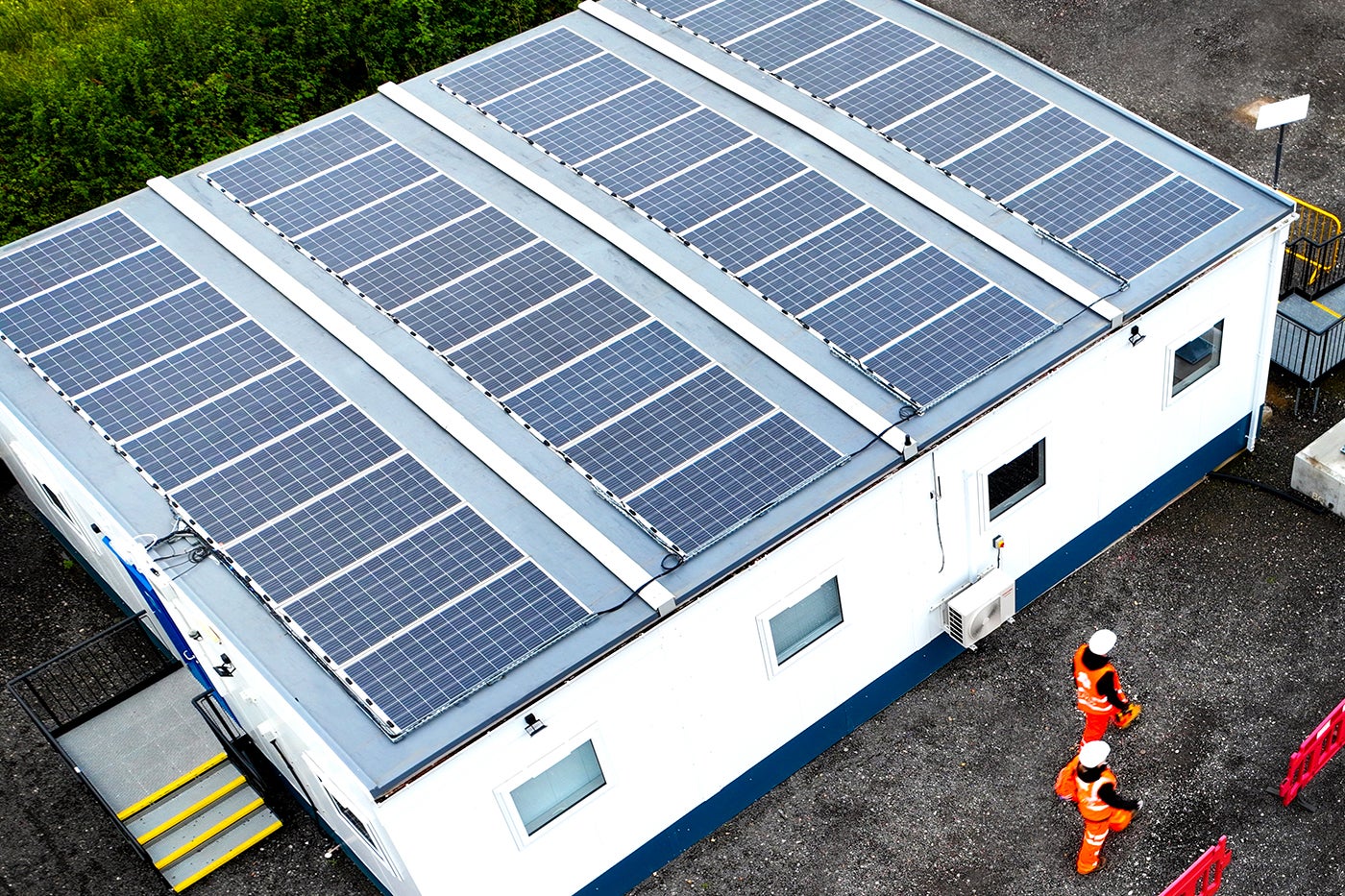The UK’s rail sector continues to see record levels of investment. Last October, the Office of Road and Rail (ORR), the independent regulator that oversees Network Rail‘s activity, confirmed that more than £43bn will be spent over the next five years to deliver a safer and better rail network. Regionally, the UK Government has also committed billions of pounds to a range of upgrades and improvements to the rail network to improve efficiency and increase services.
One of the key drivers of this growth is rapid urbanisation. Our growing cities continue to struggle to cope with the resulting increase in traffic and congestion, creating increasing demand for rail infrastructure.

Then, of course, there’s the sustainability agenda. Amid mounting global warming concerns, the decarbonisation of our transport system – which is responsible for 26% of all UK emissions – is a key priority. As one of the cleanest modes of transport, rail will have a lead role in this transition by encouraging people off the roads, lowering demand for short-haul flights, and reducing long-haul freight.
The UK Government’s Rail Industry Decarbonisation Task Force is pushing ahead with its ambitious target of establishing the world’s leading low-carbon railway in England and Wales by 2040.
But while much of the focus in this to date has centred on electrification programmes and the use of alternative traction modes other than diesel, the sector mustn’t overlook other scope for more sustainable approaches.
See Also:
Driving diesel generators out
Take the new opportunity to finally forgo the diesel generator for example. Diesel generators have long been recognised as a ‘necessary evil’ on rail construction sites. Yes, they can annoy with their high levels of noise and vibration. But they offer an easy and versatile means of providing the off-grid energy supply for the power tools and machinery used on most rail renewal works.
How well do you really know your competitors?
Access the most comprehensive Company Profiles on the market, powered by GlobalData. Save hours of research. Gain competitive edge.

Thank you!
Your download email will arrive shortly
Not ready to buy yet? Download a free sample
We are confident about the unique quality of our Company Profiles. However, we want you to make the most beneficial decision for your business, so we offer a free sample that you can download by submitting the below form
By GlobalDataAfter all, even the shortest power failure on a rail construction site can critically affect an ongoing project and cause costly downtime and delays. Diesel generators have been the lifeline to ensure this doesn’t happen. But these generators also come with some serious environmental drawbacks.
The days of diesel generators are numbered.
Thus, in our emerging low-carbon future, it’s becoming increasingly important that rail construction firms adopt a cleaner way to deliver that temporary, reliable off-grid power.
Of course, this was seen in April 2022 when it became illegal to use red diesel in cranes, bulldozers, or for powering mobile generators on construction sites. Then last year, we saw the Construction Leadership Council set out plans for the industry’s best-performing contractors to ban the use of diesel generators on sites by 2025.
The days of diesel generators are numbered – and the good news is that there is now a much more sustainable, cost-effective alternative.
Goodbye gensets, hello solar power
Although not new, the use of solar panels combined with battery energy storage is quickly coming to the fore as an environmentally and economically more competitive solution to providing power for rail construction sites that do not have access to the electricity grid.
Fundamentally, cost reduction has made it a viable option for both long-term and short-term construction projects with it estimated that the cost of installing solar has dropped more than 80% since 2010.
But it isn’t just about cost but technological advances too. Traditionally, solar was once confined to robust permanent structures able to withstand the weight of rigid roof-mounted solar panels and therefore not suitable for cabins.

But thanks to advances in technology, the latest generation of innovative lightweight solar panels are a fraction of the weight of conventional panels and have more universal applications for fixing methods, which have opened up new roof space opportunities.
A great example of this opportunity can be found in Solivus’ recent work with one of the world’s biggest infrastructure names. The challenge was to create a solar-fuelled alternative to the diesel generators currently used to power construction site cabins.
To achieve this, Solivus created a low-carbon set-up that combines lightweight solar panels with a battery storage system and a backup diesel generator. The system works by storing the excess energy generated by the solar panels in a connected battery storage unit. As a result, site cabins can be powered continuously, with the system automatically releasing the reserve energy even when there is no sunlight.
On the right track to more sustainable energy
The recent pilot project – a modular building with a roof space of approximately 100m2 – is estimated to have saved up to 14,416kg of carbon dioxide emissions and 5223 litres of diesel, equating to a gross annual saving of £9,140.
The result is a clear indication of the gains to be had by transitioning to clean, carbon-free off-grid working, especially as Network Rail works towards its target to reduce non-traction energy consumption by almost 20% and carbon emissions by 25% by 2024.
It is, without doubt, an unprecedented time for the rail sector as it seeks to address the challenges of sustainability and future mobility, all the while serving the immediate need. By taking advantage of the newest innovations which have been purposely designed to power this new age of growth, operators and investors can ensure that they are on the right track.








Related Company Profiles
Network Rail Ltd